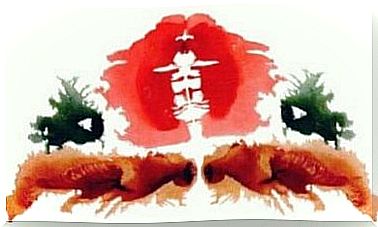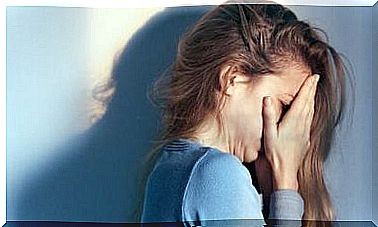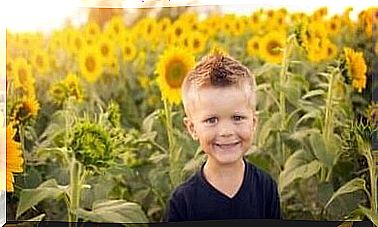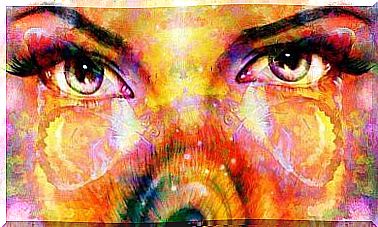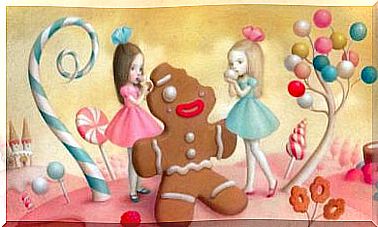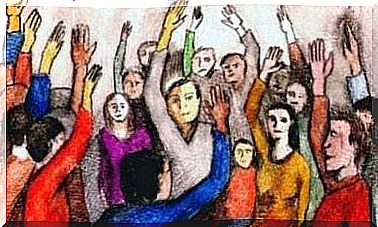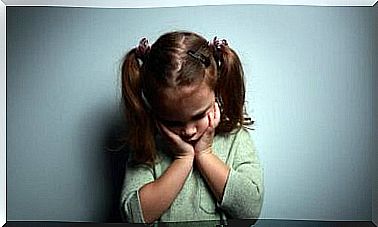The Boy In The Striped Pajamas: Friendship Beyond Bars
The Boy in the Striped Pajamas is a book by John Boyne. It was published in 2006. Later Mark Herman turned it into a film for the big screen.
The movie and the book are very different. But that is irrelevant to this article. So we won’t go into those differences.
Rather, we will focus on the main values and reflections in this work. That is why both the movie and the book will help as much as a reference point.
The Boy in the Striped Pajamas is set in one of the cruellest and most embarrassing moments in human history. Because it happens during the Holocaust. We must not forget this period because history helps us to learn and not to make the same mistakes again
The beginning of the story
We are in Nazi Germany, in the house of a military family. The values and ideology of this family are very deeply rooted, or at least we get the impression that this is the case with the family members.
The whole family moves into what will be their new home. It is a house that is completely separate and very close to a concentration camp. Here we get to know the characters better.
- The children: The main character is Bruno, the officer’s youngest son. Like all boys his age, he doesn’t know much about the world. All he wants to do is play. He likes adventure stories and wants to be an explorer when he grows up.
On the other side there is Gretel, his older sister. In the beginning we see her surrounded by dolls. But she will soon replace the dolls with “decorations” of Nazi propaganda.
And then there’s Shmuel, a boy the same age as Bruno. But because he is Jewish, he lives in the concentration camp.
- The parents: Bruno’s father is a high-ranking military officer. He is very strict and does not spend much time at home. His wife doesn’t really know much about the ‘efforts’ her husband makes at first.
But we see how that state of ignorance changes over the course of the film. For she is no longer ignorant. In addition, her feelings for her husband will also change. She will feel disgusted by the role he plays at work.
- The grandparents: These are the officer’s parents. The grandfather is proud of his son. But the grandmother is very much against Nazism and she hates what her son does.

In The Boy in the Striped Pajamas we see two opposing realities
In the book version we read how Shmuel and Bruno are born on the exact same day. And yet their lives are completely different.
Bruno lives in a family that leads a comfortable life. His father is a soldier. Bruno’s biggest concern is having no one to play with. He is often bored. Moreover, he is very dissatisfied with his new place of residence. He doesn’t understand why he has to move and leave his old friends behind.
Shmuel is Jewish. That is why he was sentenced to live in a concentration camp. As a result, his concerns are very different from Bruno’s. But even in him we notice the same desires and the same innocence of a child.
These opposing realities show how our heritage can mark and condemn us for the rest of our lives. No one chooses where he is born. No one is to blame for falling into one crib or the other.
The two boys do not understand these differences and see each other as equals. Because they see a friend to play with and have adventures with. Both boys were born on the same day. Then why is there this barrier that separates them from each other? They don’t understand. Because deep down they are so alike.
A real and at the same time symbolic barrier
In this case, the barrier is real. But we can also interpret it symbolically. Two boys born on the same day, two similar boys but two very different realities.
Today we view the Nazis with disgust. But when Bruno was born, he was lucky, if not luckier than Shmuel. We see that this barrier, these contrasting realities in our lives still exist.
Maybe not in the same way. But there is still a difference between being born in one place versus another. The difference between families who live comfortably and those who lack resources still exist.
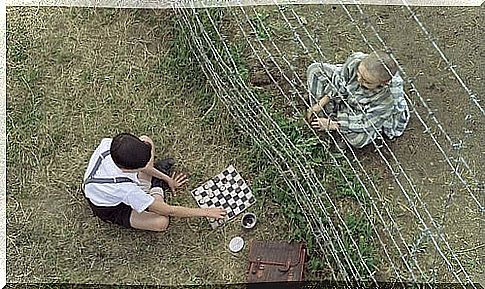
The connection with Nietzsche’s idea of the Übermensch
Nazism has adopted and reformed the ideas of the philosopher Friedrich Nietzsche. This philosopher believed in a class of people with superior characteristics: strong, intelligent, creative and able to think and reason.
These people were survivors. They were the people who stood out from the crowd. The Nazis identified with this übermensch.
But for Nietzsche there were many different stages to reach the status of übermensch:
- The camel: It represents obedience and the burdens and obligations we must bear.
- The Lion: Once the camel no longer wants to be a camel, it becomes a lion. This represents freedom from burdens, rebellion and rejection of traditional values.
- The Child: This represents the final stage of the metamorphosis. The child lives far away from prejudices and established values. He is the one who creates his own values. It’s almost like a game, because the child builds things from scratch.
Remember this image of the child when you see the characters of Shmuel and Bruno. Both guys seem to be free from prejudice or at least somewhat free. They are the only ones who overcome the barrier against which all adults collide.
Once they get over the wall, they challenge the established values. It doesn’t matter what people have taught them. Their friendship continues.
Bruno dons striped pajamas to make sure he and Shmuel are equal. For the boys, their friendship means everything. There are no longer differences.
On the contrary, they will not begin to judge each other until they get to know each other. They create their own values out of nowhere… and based on those values they make decisions.
The pressure of ideas
The boy in the striped pajamas points out the problems that a specific ideology and the ideas that shape it can lead to. In the story and in the film itself, we see how ideas end up indirectly causing far more damage than any weapon.
This is especially true of the ability of ideas to unite forces. And we must not forget this. For it is the reason that if two people are convinced of the same thing, it can move them to take any kind of action. No matter how unjust and cruel that action is.
If an idea is meant to last, it must be taught to the young through indoctrination. We see this happening in the classes Gretel and Bruno have to attend. Their teacher follows the guidelines of the Nazi ideology and tells them the history according to this Nazi handbook.
In essence, he transfers those values to the children, which he believes are the right ones. As a result, the idea that they belong to a superior or privileged race will persist through the generations.
The references to Nazi propaganda are also interesting. We see it on the posters Gretel decorates her room with. Or we notice it in the way they ‘sell’ the so-called quality of life in the concentration camps.
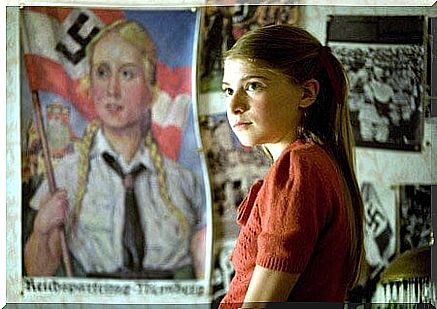
The end
We already get an idea of how the film will end when the weather conditions in the film change. This literary concept is known by the term locus terribilis. The images of the rain warn us that something is about to happen.
The ending gives us food to think about. We don’t realize the suffering of another person until we become that other person. When we turn the tables and feel another person’s pain on our skin, we become aware of his suffering and become part of him.
Of course, this all takes place in a historical setting. It is a background full of horror and human cruelty. But it makes us ask ourselves an important question. We wonder if, from the comfort of our homes, maybe we haven’t really changed much after all. We are still not aware of the suffering of other people.
